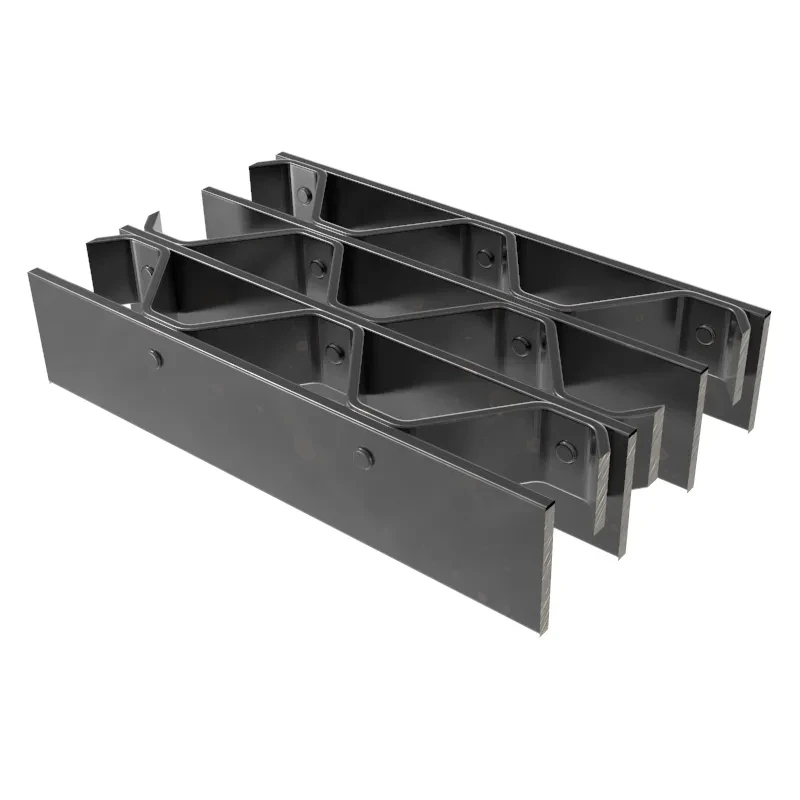- Industrial zone, South of Anping Town, Hengshui, Hebei, China.
- sales@hfpetromesh.com
- +86-18931809706
 Afrikaans
Afrikaans  Albanian
Albanian  Amharic
Amharic  Arabic
Arabic  Armenian
Armenian  Azerbaijani
Azerbaijani  Basque
Basque  Belarusian
Belarusian  Bengali
Bengali  Bosnian
Bosnian  Bulgarian
Bulgarian  Catalan
Catalan  Cebuano
Cebuano  Corsican
Corsican  Croatian
Croatian  Czech
Czech  Danish
Danish  Dutch
Dutch  English
English  Esperanto
Esperanto  Estonian
Estonian  Finnish
Finnish  French
French  Frisian
Frisian  Galician
Galician  Georgian
Georgian  German
German  Greek
Greek  Gujarati
Gujarati  Haitian Creole
Haitian Creole  hausa
hausa  hawaiian
hawaiian  Hebrew
Hebrew  Hindi
Hindi  Miao
Miao  Hungarian
Hungarian  Icelandic
Icelandic  igbo
igbo  Indonesian
Indonesian  irish
irish  Italian
Italian  Japanese
Japanese  Javanese
Javanese  Kannada
Kannada  kazakh
kazakh  Khmer
Khmer  Rwandese
Rwandese  Korean
Korean  Kurdish
Kurdish  Kyrgyz
Kyrgyz  Lao
Lao  Latin
Latin  Latvian
Latvian  Lithuanian
Lithuanian  Luxembourgish
Luxembourgish  Macedonian
Macedonian  Malgashi
Malgashi  Malay
Malay  Malayalam
Malayalam  Maltese
Maltese  Maori
Maori  Marathi
Marathi  Mongolian
Mongolian  Myanmar
Myanmar  Nepali
Nepali  Norwegian
Norwegian  Norwegian
Norwegian  Occitan
Occitan  Pashto
Pashto  Persian
Persian  Polish
Polish  Portuguese
Portuguese  Punjabi
Punjabi  Romanian
Romanian  Russian
Russian  Samoan
Samoan  Scottish Gaelic
Scottish Gaelic  Serbian
Serbian  Sesotho
Sesotho  Shona
Shona  Sindhi
Sindhi  Sinhala
Sinhala  Slovak
Slovak  Slovenian
Slovenian  Somali
Somali  Spanish
Spanish  Sundanese
Sundanese  Swahili
Swahili  Swedish
Swedish  Tagalog
Tagalog  Tajik
Tajik  Tamil
Tamil  Tatar
Tatar  Telugu
Telugu  Thai
Thai  Turkish
Turkish  Turkmen
Turkmen  Ukrainian
Ukrainian  Urdu
Urdu  Uighur
Uighur  Uzbek
Uzbek  Vietnamese
Vietnamese  Welsh
Welsh  Bantu
Bantu  Yiddish
Yiddish  Yoruba
Yoruba  Zulu
Zulu
- Afrikaans
- Albanian
- Amharic
- Arabic
- Armenian
- Azerbaijani
- Basque
- Belarusian
- Bengali
- Bosnian
- Bulgarian
- Catalan
- Cebuano
- Corsican
- Croatian
- Czech
- Danish
- Dutch
- English
- Esperanto
- Estonian
- Finnish
- French
- Frisian
- Galician
- Georgian
- German
- Greek
- Gujarati
- Haitian Creole
- hausa
- hawaiian
- Hebrew
- Hindi
- Miao
- Hungarian
- Icelandic
- igbo
- Indonesian
- irish
- Italian
- Japanese
- Javanese
- Kannada
- kazakh
- Khmer
- Rwandese
- Korean
- Kurdish
- Kyrgyz
- Lao
- Latin
- Latvian
- Lithuanian
- Luxembourgish
- Macedonian
- Malgashi
- Malay
- Malayalam
- Maltese
- Maori
- Marathi
- Mongolian
- Myanmar
- Nepali
- Norwegian
- Norwegian
- Occitan
- Pashto
- Persian
- Polish
- Portuguese
- Punjabi
- Romanian
- Russian
- Samoan
- Scottish Gaelic
- Serbian
- Sesotho
- Shona
- Sindhi
- Sinhala
- Slovak
- Slovenian
- Somali
- Spanish
- Sundanese
- Swahili
- Swedish
- Tagalog
- Tajik
- Tamil
- Tatar
- Telugu
- Thai
- Turkish
- Turkmen
- Ukrainian
- Urdu
- Uighur
- Uzbek
- Vietnamese
- Welsh
- Bantu
- Yiddish
- Yoruba
- Zulu
ožu . 06, 2025 12:02
Back to list
grating types
Grating is a versatile component in various industries, serving a multitude of purposes from safety enhancements to architectural elements. Understanding the different types of gratings available on the market today can greatly enhance application efficiency and safety, particularly for industrial and commercial projects.
Specialty gratings, including decorative and architectural gratings, offer customization options serving both functional and artistic objectives. These types can be made from stainless steel, offering both rust resistance and a polished allure. Architects often leverage these gratings to create striking facades or distinctive public space designs, allowing light and airflow while maintaining an open and modern aesthetic. Decorative grates balance function and form, providing secure walkways or partitions without compromising on visual appeal. Load tables and weight tolerances play a crucial role in grating selection, ensuring chosen materials meet specific project needs. It’s essential to consult comprehensive load-bearing documentation to assure grating performance under anticipated stresses. Manufacturers typically provide these details, underlining allowable spans and load conditions to aid precise applications. Moreover, environmental and code compliance considerations must guide grating choices. For example, compliance with the Occupational Safety and Health Administration (OSHA) standards is necessary for workplace grating, ensuring worker safety. Similarly, environmental regulations might dictate choices in sensitive ecosystems where the preservative qualities and recyclability of the materials play essential roles. Familiarity with these regulations ensures that chosen grating types do not merely align with immediate tactical needs, but strategic, long-term operational goals as well. Each grating type presents its own set of unique features, benefits, and ideal applications, necessitating a comprehensive understanding of project requirements, environmental conditions, and compliance needs. Selecting the appropriate type of grating can significantly impact project success, ensuring safety, structural efficacy, and aesthetic satisfaction while adhering to industry standards and codes. This informed approach to grating selection underscores the importance of engaging professional expertise in making critical project-related decisions.


Specialty gratings, including decorative and architectural gratings, offer customization options serving both functional and artistic objectives. These types can be made from stainless steel, offering both rust resistance and a polished allure. Architects often leverage these gratings to create striking facades or distinctive public space designs, allowing light and airflow while maintaining an open and modern aesthetic. Decorative grates balance function and form, providing secure walkways or partitions without compromising on visual appeal. Load tables and weight tolerances play a crucial role in grating selection, ensuring chosen materials meet specific project needs. It’s essential to consult comprehensive load-bearing documentation to assure grating performance under anticipated stresses. Manufacturers typically provide these details, underlining allowable spans and load conditions to aid precise applications. Moreover, environmental and code compliance considerations must guide grating choices. For example, compliance with the Occupational Safety and Health Administration (OSHA) standards is necessary for workplace grating, ensuring worker safety. Similarly, environmental regulations might dictate choices in sensitive ecosystems where the preservative qualities and recyclability of the materials play essential roles. Familiarity with these regulations ensures that chosen grating types do not merely align with immediate tactical needs, but strategic, long-term operational goals as well. Each grating type presents its own set of unique features, benefits, and ideal applications, necessitating a comprehensive understanding of project requirements, environmental conditions, and compliance needs. Selecting the appropriate type of grating can significantly impact project success, ensuring safety, structural efficacy, and aesthetic satisfaction while adhering to industry standards and codes. This informed approach to grating selection underscores the importance of engaging professional expertise in making critical project-related decisions.
Share
Prev:
Next:
Latest news
-
Why Our Shaker Screen for Sale Stands Out in Every ApplicationNewsAug.08,2025
-
Unmatched Efficiency with Premium Shale Shaker Screen TechnologyNewsAug.08,2025
-
Reliable, Durable, and Cost-Effective: Press Locked Steel Grating SolutionsNewsAug.08,2025
-
Precision Strength with Welded Steel Bar GratingNewsAug.08,2025
-
Perimeter Safety Netting: The High-Strength Shield for Elevated Safety SolutionsNewsAug.08,2025
-
Maximize Performance with Steel Walkway GratingNewsAug.08,2025